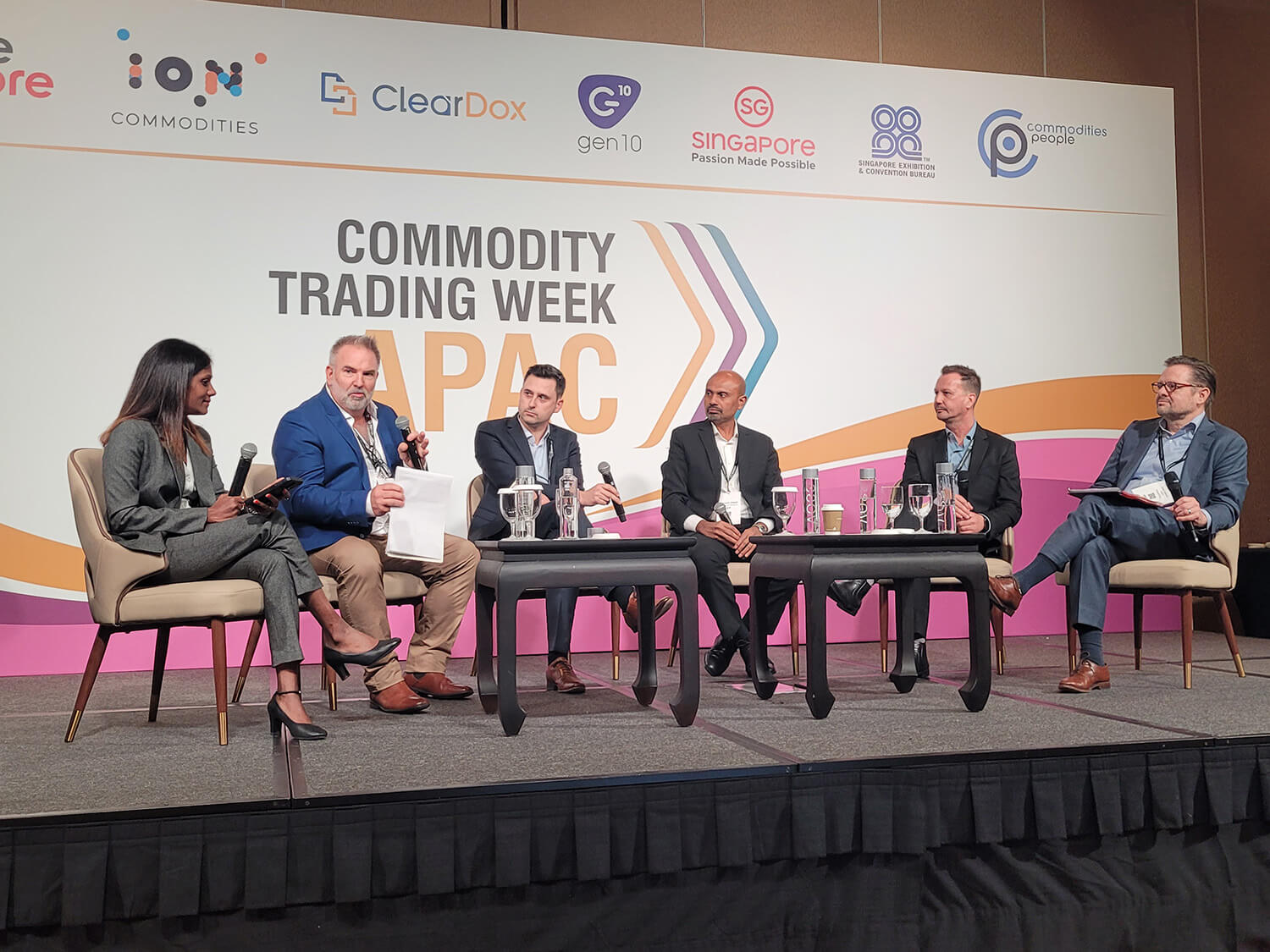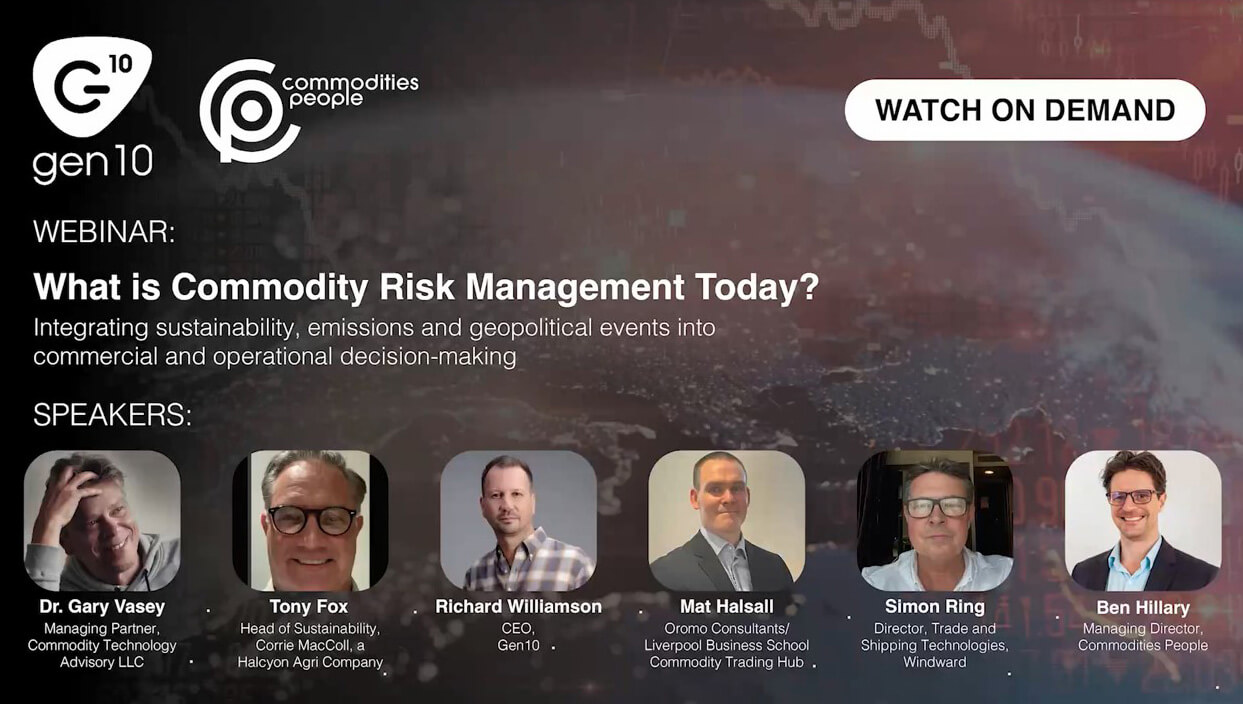In part one of this 2-part event overview, we explored how the Oil Trading Online virtual conference from Commodities People summarised the key themes around market standardisation and the energy transition. Today, we are taking a deep dive into what the four panels had to say about risk – and how technology can mitigate it, as well as solve some of the challenges raised in part one.
Risk
The first thing to note is that most panellists believe that we are in a period of heightened risk, meaning that due diligence and KYC are more important than ever. It was also noted that organisations cannot rely on data or statistics from before the Russian invasion of Ukraine as this has changed too much in the global landscape.
Prices are introducing more risk, with extreme volatility right now. This price volatility means that everybody within the organisation needs to be communicating well, particularly about new lines of business, because in volatile environments, small bets can become company-threatening.
People also need to be interacting with models in both directions, providing the data for more accurate risk modelling, and quickly responding to changes in the environment. This means that organisations need to leverage software to ensure the business’ positions are correct and accurately reported, as well as ensuring that the risk modelling is right.
High prices and high interest rates are also introducing more risk into oil and other commodity businesses. Price rises have an impact on cashflows as they mean that businesses need to increase their borrowing, and many organisations have been caught out by margin calls due to the higher prices. The risks of borrowing are also exacerbated by higher interest rates increasing the cost of credit.
And the other major risk factor discussed was that every process that uses paper documents introduces retyping or copying information – and therefore mistakes.
The role of technology
Technology is essential, particularly as markets are moving faster than ever before, and businesses are also looking to move faster, with people now turning on new markets in a matter of hours rather than weeks.
The biggest influence on risk management is the ability to hold and access all business data in one place. This single version of the truth is table stakes, but despite this it is hard to achieve. The general agreement was that modern, dedicated software is the best way to reach this goal.
The panellists were also agreed that software should integrate each office for you, and that if you are using Excel to manage the business then this requires much more manual communication between teams. As with the documents above, this is both time-consuming and introduces operational risk at every point of communication.
Dedicated software is therefore better than Excel as it reduces these and other operational risks. It is also faster to enter, mark and report positions. One panellist also highlighted the importance of choosing modern technology when managing commodities, as modern frameworks usually mean that the software can react quickly to changes in your business.
It can be difficult to get data out of legacy systems, and they can also be difficult to develop or integrate with new systems. But modern systems are making integrations less painful. There are several ways that they improve integrated processes, including by centralising reporting and encouraging centralised thinking around managing data flows. This is all done by employing collaborative technologies such as APIs that are designed to connect different systems together more easily.
The panel also discussed how technology can now be a lot more affordable with modern delivery models. For example, Software-as-a-Service, or SaaS models such as that offered by Gen10 mean that organisations don’t pay a large sum up-front for their ETRM system. They instead enter a subscription that they can leave or amend as the business grows, and that usually includes regular system updates.
Conclusion
Oil Trading Online highlighted several trends to be aware of, not only in energy but in all commodities. Although we can discuss the current state of the markets, it is difficult to predict what is coming next and we don’t appear to be leaving the times of uncertainty and volatility behind any time soon. The event discussed many different challenges, risks and also opportunities that are emerging from these turbulent times. But the main takeaway is that the right ETRM and commodity management software can help your organisation manage risks and threats, and create better opportunities for success.



